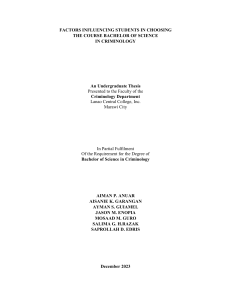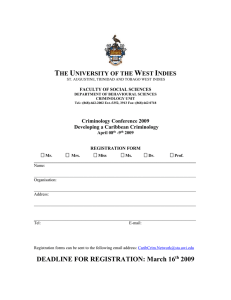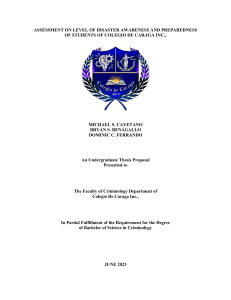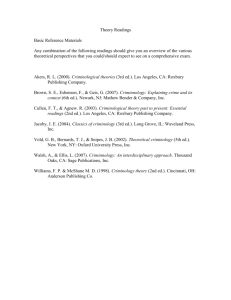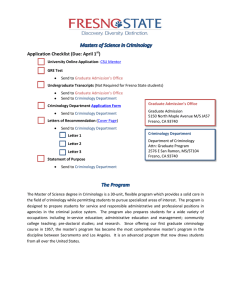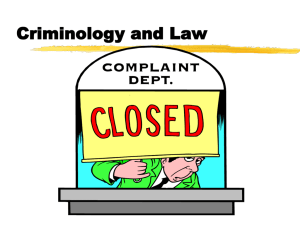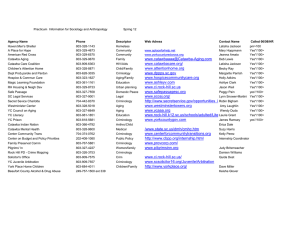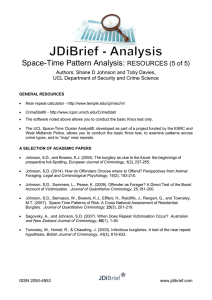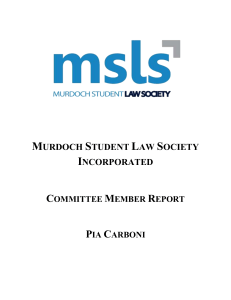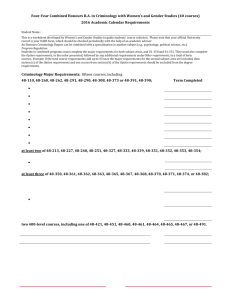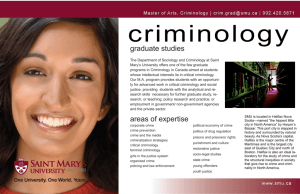Theory Questions
advertisement
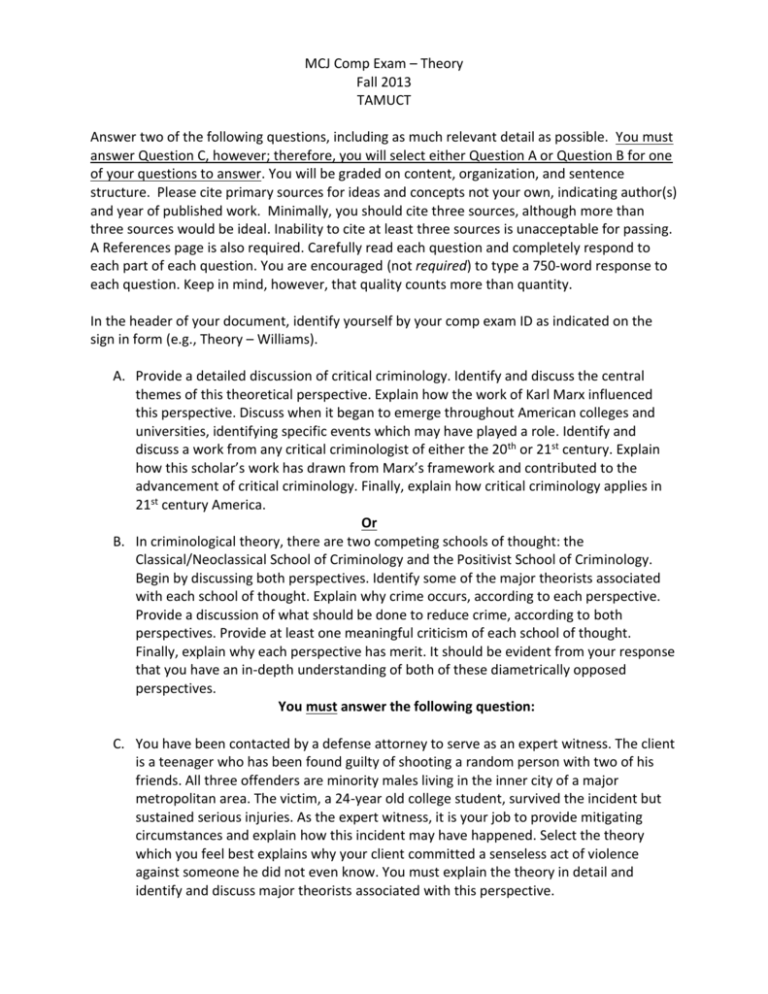
MCJ Comp Exam – Theory Fall 2013 TAMUCT Answer two of the following questions, including as much relevant detail as possible. You must answer Question C, however; therefore, you will select either Question A or Question B for one of your questions to answer. You will be graded on content, organization, and sentence structure. Please cite primary sources for ideas and concepts not your own, indicating author(s) and year of published work. Minimally, you should cite three sources, although more than three sources would be ideal. Inability to cite at least three sources is unacceptable for passing. A References page is also required. Carefully read each question and completely respond to each part of each question. You are encouraged (not required) to type a 750-word response to each question. Keep in mind, however, that quality counts more than quantity. In the header of your document, identify yourself by your comp exam ID as indicated on the sign in form (e.g., Theory – Williams). A. Provide a detailed discussion of critical criminology. Identify and discuss the central themes of this theoretical perspective. Explain how the work of Karl Marx influenced this perspective. Discuss when it began to emerge throughout American colleges and universities, identifying specific events which may have played a role. Identify and discuss a work from any critical criminologist of either the 20th or 21st century. Explain how this scholar’s work has drawn from Marx’s framework and contributed to the advancement of critical criminology. Finally, explain how critical criminology applies in 21st century America. Or B. In criminological theory, there are two competing schools of thought: the Classical/Neoclassical School of Criminology and the Positivist School of Criminology. Begin by discussing both perspectives. Identify some of the major theorists associated with each school of thought. Explain why crime occurs, according to each perspective. Provide a discussion of what should be done to reduce crime, according to both perspectives. Provide at least one meaningful criticism of each school of thought. Finally, explain why each perspective has merit. It should be evident from your response that you have an in-depth understanding of both of these diametrically opposed perspectives. You must answer the following question: C. You have been contacted by a defense attorney to serve as an expert witness. The client is a teenager who has been found guilty of shooting a random person with two of his friends. All three offenders are minority males living in the inner city of a major metropolitan area. The victim, a 24-year old college student, survived the incident but sustained serious injuries. As the expert witness, it is your job to provide mitigating circumstances and explain how this incident may have happened. Select the theory which you feel best explains why your client committed a senseless act of violence against someone he did not even know. You must explain the theory in detail and identify and discuss major theorists associated with this perspective.
